How To Care For Horse Legs & Keep Your Horse Sound
[easy-social-share]
We’ve all heard the saying “no hoof, no horse” and pretty much the same saying can be applied to your horse’s legs.
There are many old wive’s tales and myths about looking after horse legs, from the application of cooling poultices to the use of bandages and boots.
In this article, we want to set you straight and assist you to care for horse legs so that you can prevent lameness and keep your equine athlete sound and performing well.
How Lameness Affects Performance
In a recent study by Marie Rhodin and her fellow researchers, it was found in a study using motion analysis software that nearly 75% of horses were lame, despite their owners not recognising this and considering them to be sound.
That’s a scary thought!
How many of us aren’t aware that our horses are unsound?
Study shows that nearly 75% of horse owners were unaware that their horses were unsound.
What Does It Mean When A Horse Is Lame?
An uneven gait doesn’t necessarily mean pain.
However, it is worth noting and being aware, that maybe we are missing subtle cues from our horses.
Any sort of uneven gait can compromise performance.
It might be due to tight muscles, a stone bruise, or a joint in the early stages of inflammation.
Whatever the reason, our aim as horse owners and riders is to prevent lameness.
Lameness can result in altered performance due to pain, increased metabolic activity in particular lactate production, a higher heart rate, and more stress on the ‘sound’ limbs.
How To Prevent Lameness In Horses
Preventing lameness before it happens is one of the most important goals of any owner/rider.
Horse legs are extremely vulnerable to injury, so the better we can take care of them, the less likely we cause damage and lameness.
Warm-Up
Just like us, before we expect our horse to exercise, it is worthwhile doing a warm-up that consists of the exercise that it will perform.
The aim of a warm-up is to take the horse from a state of inactivity or rest to a state of activity.
The warm-up process ensures that joints, muscles, ligaments and tendons, as well as the cardiovascular system, are prepared for more strenuous work.
If the horse is performing flatwork like dressage, then doing 5 min of stretching, low line walking and trotting, and some lateral work will allow the muscles, tendons, joints and ligaments to loosen and prepare.
For those jumping, a few small jumps should be included in the warm-up period.
If galloping is required, some strong canter and/or galloping a short distance helps to increase blood flow and mobility of the body.
Be conscious of the ground surface.
Your warm-up may need to be altered to accommodate a less than perfect ground condition.
You don’t want to be pounding your horse over jumps on rock-hard ground before your event has even started.
Use Of Exercise Boots And Bandages
The main reason for using boots or bandages is to protect the legs from knocks.
A boot or bandage can NOT realistically offer support to the limb of a horse.
Young, uncoordinated, and unbalanced horses will often inadvertently brush or step on themselves causing injuries that can take a while to heal.
Some form of protection is therefore important.
Likewise, when riding cross country there are multiple hazards and an awkward jump might result in knocks and cuts to the legs.
If the ground surface is uneven or slippery then there may be more risk of slipping and brushing a leg by another limb.
The presence of studs in a shoe can cause significant damage if these connect with a tendon.
Note that if a horse continually causes damage to itself while exercising there may be an issue with lameness and/or shoeing that requires veterinary or farrier attention.
Note that research has shown that using bandages or boots on your horse’s legs when doing fast work WILL increase the temperature of the leg by 6-8°C.
This can have serious implications for the tendons.
It is thought that repeated elevation of temperature in the tendons and ligaments can lead to the breakdown of these fibers, contributing to a bowed tendon.
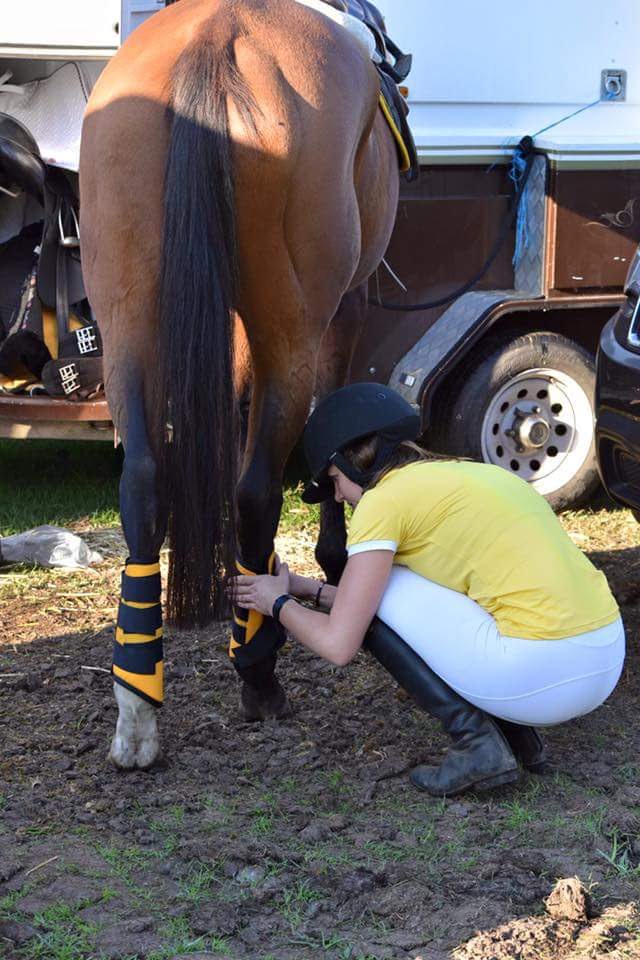
Applying boots prior to riding. Care must be taken to ensure that they are correctly fitted to prevent rubbing.
There are a number of issues with using boots and bandages:
- air is not passing over your horse’s leg so there is no active cooling as your horse moves, so the leg heats up;
- they must be properly fitted to prevent rubbing;
- the weight may limit movement and alter action;
- applied too tight, bandages can cause damage to the tissues.
As a general rule choose boots rather than bandages, and use a boot that is made with a breathable material.
Remove any boot or bandage immediately after working your horse so that the legs can cool down.
Cool Down
After exercise, it is essential that you cool your horse’s legs down to prevent damage caused by an elevated temperature, concussion and strain.
Remove bandages or boots immediately.
Immediately after exercise remove boots and bandages and hose your horse’s legs with cool running water to help prevent inflammation.
Heat and humidity are not your friends when it comes to caring for your horse’s legs.
The higher these are, the more the legs heat up and the harder it is to cool them.
The most effective way to cool a leg is with cold hosing.
Research has shown that cool running water is more effective than ice or cooling boots to lower the temperature of the leg.
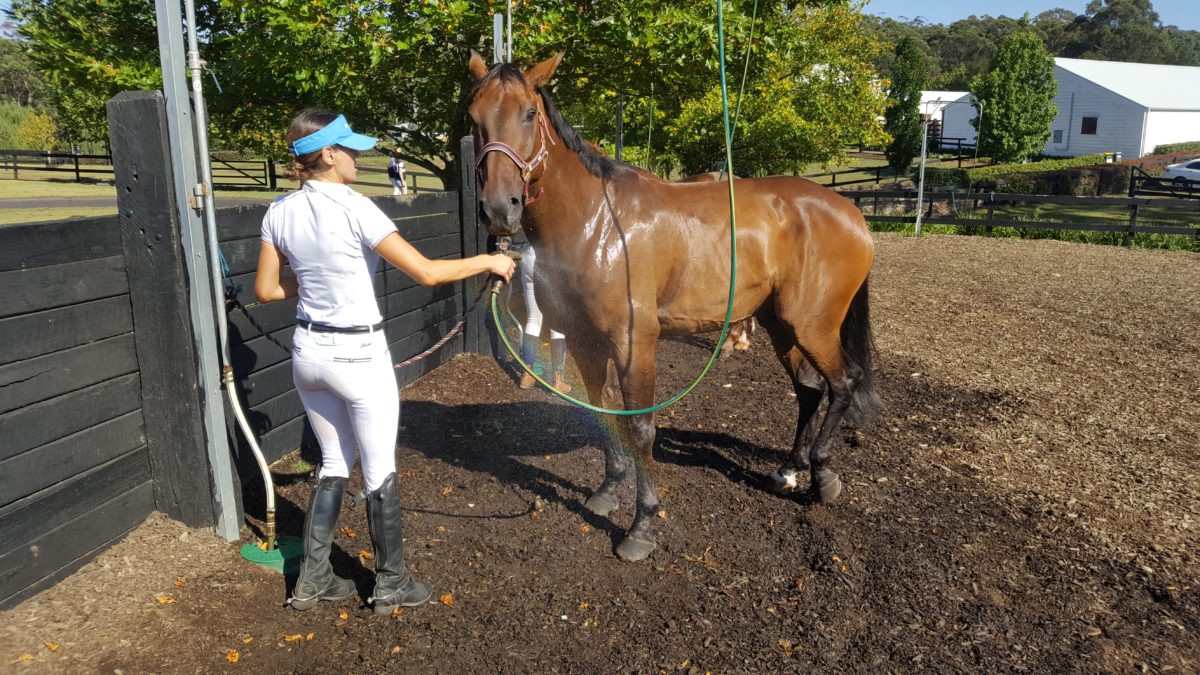
Research has shown that cold hosing is more effective than using ice to cool horse legs post-exercise.
If you do choose to use ice, please protect the skin so that burns do not occur. Generally speaking, only use ice for a maximum of 20minutes.
I like to use a stockinette to protect the leg when using ice.
If you use cooling boots, remember that these will heat up, so it’s important to change them frequently. In very warm conditions this may be every 5 minutes.
A cooling bandage that is not lower in temperature than the leg will do more harm than good. It is better to leave a leg bandage/boot free than to keep it wrapped.
Many people use a clay poultice as an alternative for cooling horse legs after work. Clay is a natural conductor of heat, which means that it holds heat and doesn’t allow it to escape.
Care needs to be taken that you cool the horse’s leg with cool water or ice before using a clay poultice. Also, try to ensure that you choose a poultice that contains volatile substances that when evaporate, carry heat away.
The more liquid that clay has in its formulation, the better it is for removing heat from the leg.
Once clay is dry it is vital that you wash it off. Dry clay stores heat and is contraindicated in removing heat from a leg.
NEVER put bandages over clay as this prevents the action of heat evaporation and prevents cooling i.e. heat can’t escape.
Palpation
One of the most important things you can do as an owner/rider/groom is to become familiar with your horse’s legs.
Identify their ‘normal’ lumps and bumps.
Understand the way they move.
If you can understand normal, then you will be able to identify when something is amiss.
Make it a habit to examine your horse’s legs after each ride and when grooming:
- feel each hoof for signs of increased heat
- assess the leg for any small cuts and abrasions
- palpate the tendons and ligaments assessing for swelling, heat and pain
- check each joint for freedom of movement, heat, swelling and pain
- walk and trot your horse to check for symmetry of movement
Conclusion: How To Care For Horse Legs
As with many things, prevention is better than cure.
Appropriate care post-exercise and regular assessment of your horse’s legs for subtle signs of heat, pain, and swelling will alert you to when things are amiss.
Early intervention by your vet can then prevent bigger more troublesome problems.
Key Points:
- Use boots rather than bandages
- Remove boots immediately after hard work
- Cold hose legs immediately after work
- Know your horse – palpate legs and check for signs of heat, pain and swelling.
- Act immediately if you find any of these things.
How do you care for horse’s legs post exercise? Tell us below. Share this article with your horse loving friends to spread the word on how to care for horse legs!
In this video Dr Leigh discusses how to care for your horse’s legs.
References
M.I. CARRETEROa , C.S.F. GOMESb AND F. TATEOc CLAYS AND HUMAN HEALTH Handbook of Clay Science Edited by F. Bergaya, B.K.G. Theng and G. Lagaly Developments in Clay Science, Vol. 1 r 2006
Karakaya, M., Karakaya, N., & Vural, H. (2016). Thermal Properties of Some Turkish Peloids and Clay Minerals for Their Use in Pelotherapy. Geomaterials, 06(04), 79-90. doi:10.4236/gm.2016.64007
AE, W. (2018). Exercise-induced hyperthermia as a possible mechanism for tendon degeneration. – PubMed – NCBI . Ncbi.nlm.nih.gov. Retrieved 19 February 2018, from https://www.ncbi.nlm.nih.gov/pubmed/8063840

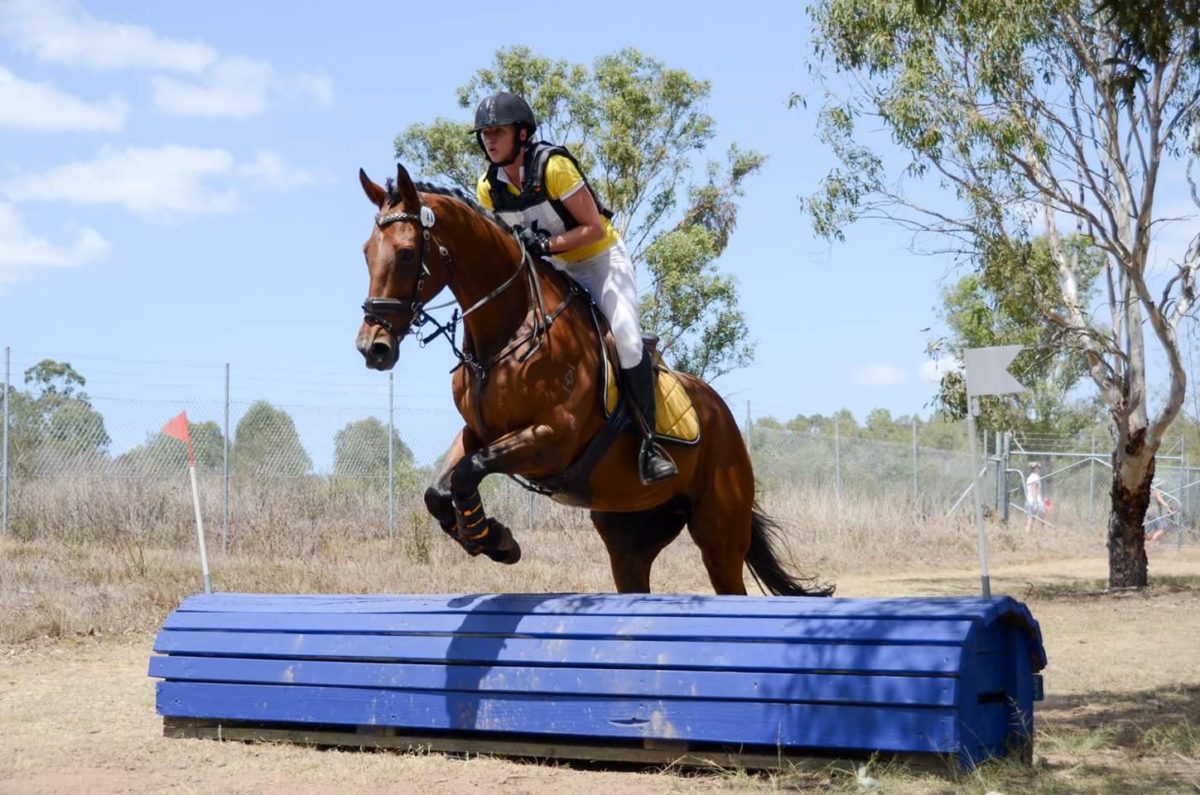
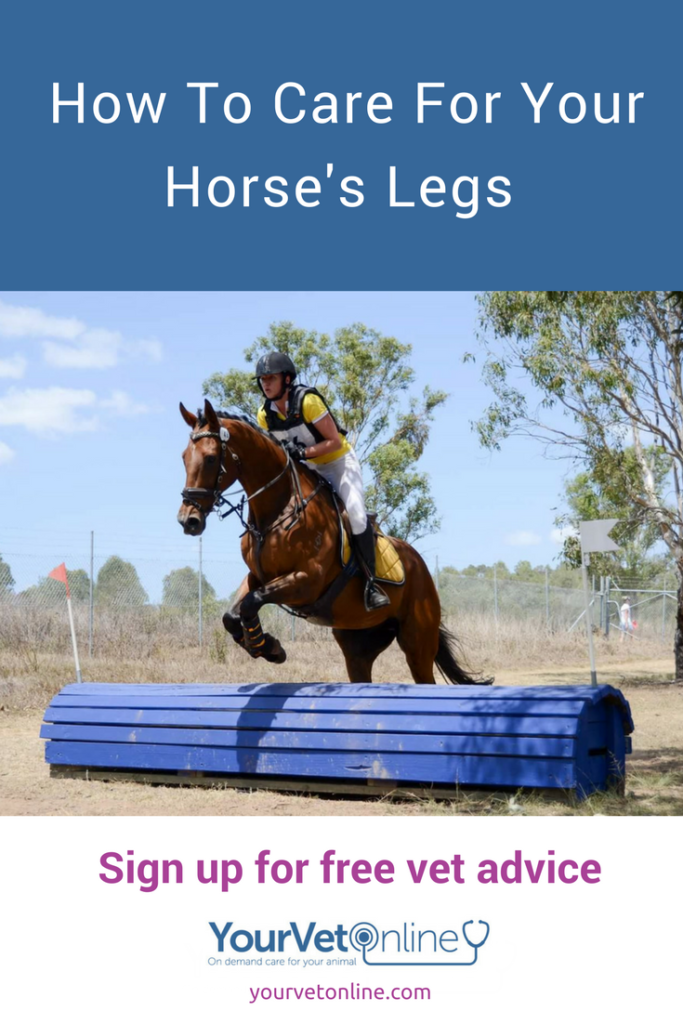

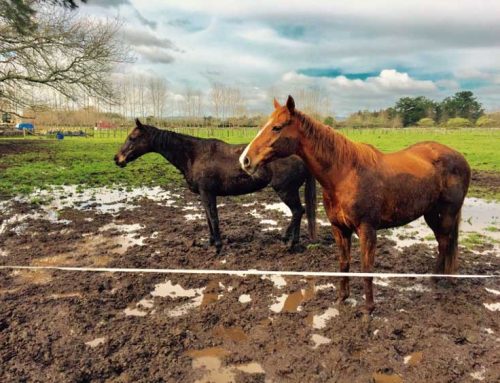
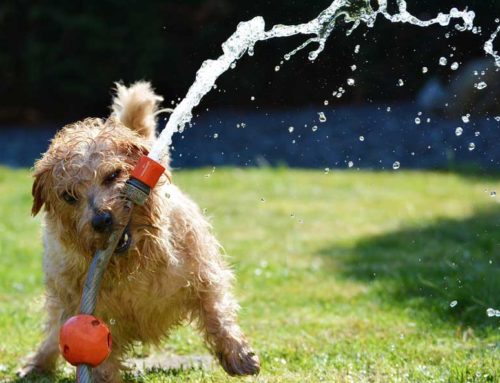

Leave A Comment